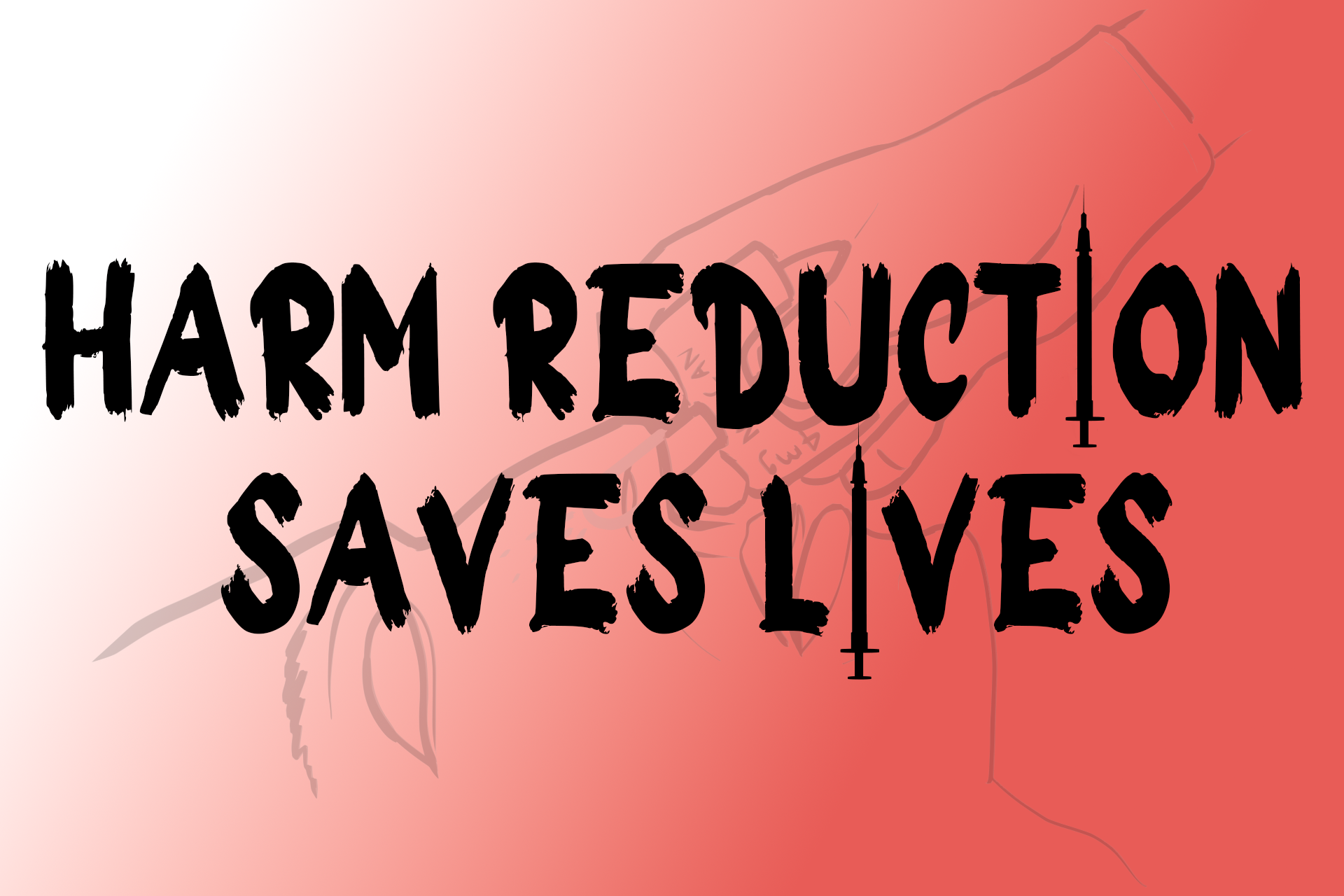
Baltimore's top media organizations have taken a cold, myopic approach to their coverage of drugs and substance use. The War on Drugs has raged on, yet the millionaire-backed outlets have almost exclusively covered the topics through the lens of crime, death and abstinence.
There's no doubt they adore a good drug bust, plastering photos of seized weapons and baggies on their homepages. On occasion, they may write about the overdose crisis, weaponizing the unprecedented number of preventable deaths to spread fear-mongering narratives and stigma. If they want to platform the city's contingent of "NIMBYs" or force-feed people an abstinence-only ideology, they may write about treatment programs, whether that be inpatient facilities or methadone clinics.
These are all clear examples of how the news manufactures consent.
Local media outlets explicitly and implicitly convince their audiences that drug use and the people who use them are inherently bad. By doing so, they're complicit in the ongoing cruelty against drug users and the inevitable death that follows. The same is true for city officials who have claimed to support harm reduction initiatives while calling for even heavier-handed drug enforcement.
Compassionate care for drug users is seldom mentioned, and readers will rarely see the words "harm reduction" in a headline.
For more than two years, I've tried to change that. This newsletter has undergone some changes during that period, but my mission has remained steadfast.
With lived experience and a love for those who use drugs at the helm, I've attempted to combat the War on Drugs through independent advocacy journalism. That entails empowering the harm reduction movement, bringing more attention to policies that impact our most vulnerable neighbors and shedding light on the realities of drug use, addiction and social determinants of health.
That mission also includes holding both the media and local officials accountable for their reckless disregard of drug users' livelihoods.
Unfortunately, there isn't always an appetite for my brand of journalism, as evidenced by the dearth of meaningful coverage in Baltimore and elsewhere in the nation. And, thanks to the insatiable demands of America's capitalist gods, bills have become more difficult to pay.
The upshot: This has been a long-winded way of asking for your support.
In the current media climate, harm reduction journalism is scarce. That will likely continue, and I can only work to fill that gap with the support of readers.
Fundraising isn't my forte, but I've realized it will inevitably be part of my independent journalism career. I don't take much enjoyment in this, but I'd like to ask that you consider subscribing for just $5 or $10 per month. Donations are also welcome.
Every penny received through donations or subscriptions will cover my bills or fund my journalism, whether for Mobtown Redux or outlets such as the Baltimore Beat and Filter. Even if you don't have any change to spare, there are other ways to support me, too.
For one, Mobtown Redux will always remain free, without paywalls or ads. The vast majority of my subscribers are on the free plan, and I'd be thrilled to see more people sign up.
Also, word of mouth can be powerful. Share my work on social media, tell your friends and family about it or graffiti "Mobtown Redux" on your most hated building. It's all good in my book.
For those who have supported my work, I can't thank you enough. Perhaps more importantly, if my work has helped anyone who uses drugs, I'm glad you're here. You're the reason I do this.
If you'd like to subscribe or update your existing subscription, click the button below:
For those of you who would like to donate, click this one:
Don't know whether you think my work is worth paying for? Check out some of my recent articles below and see for yourself. You can also click here to read more about me.

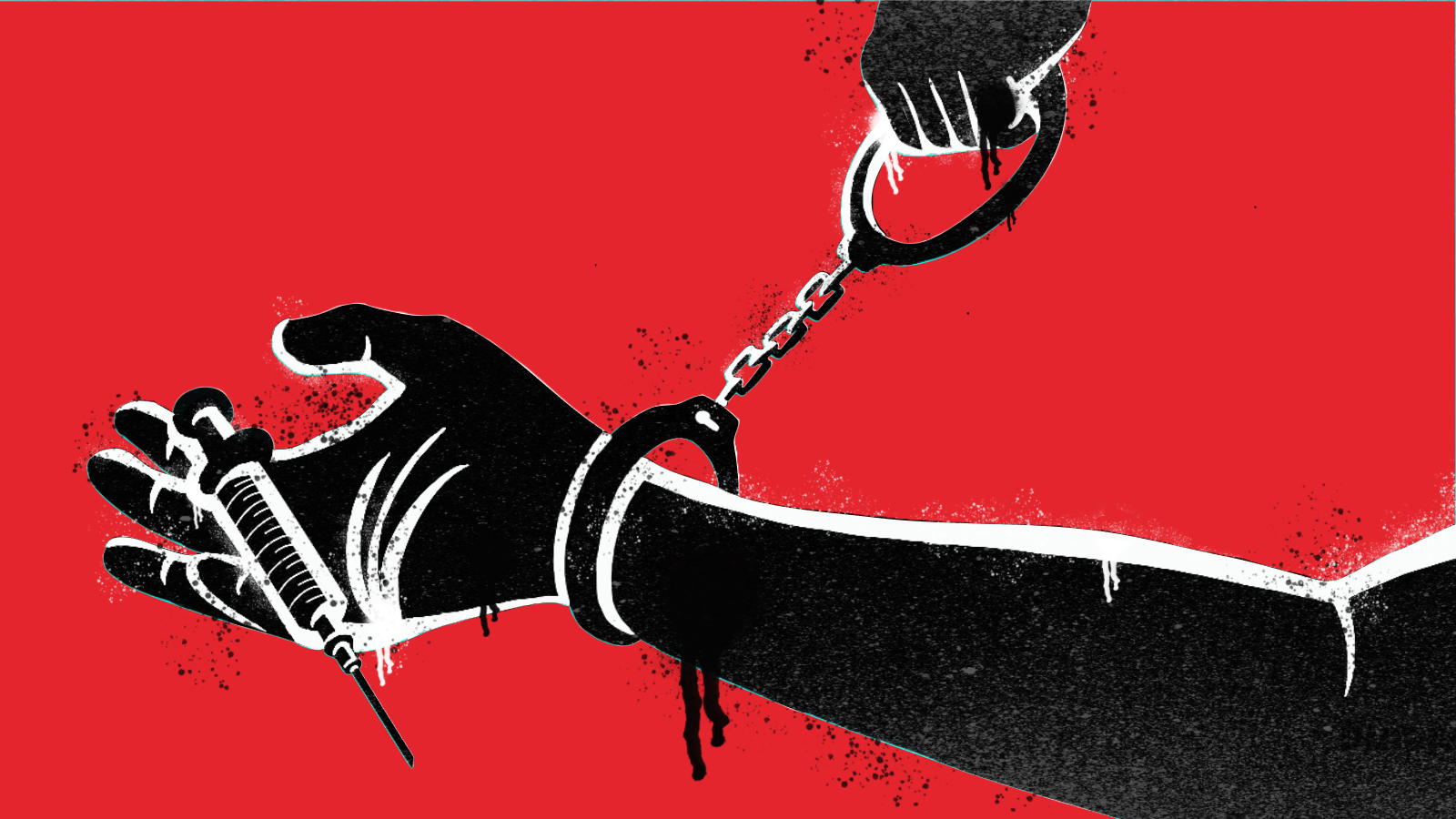
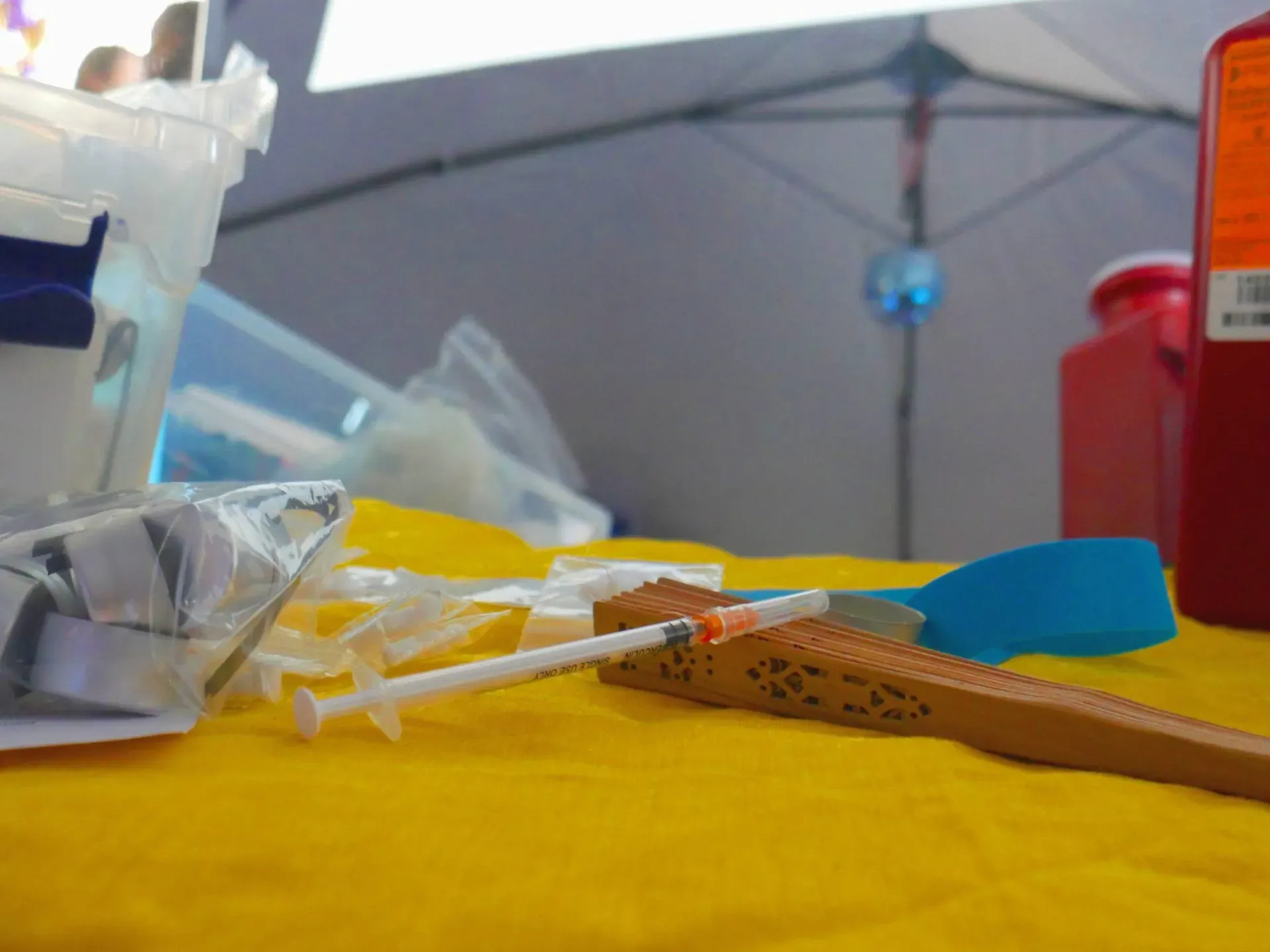
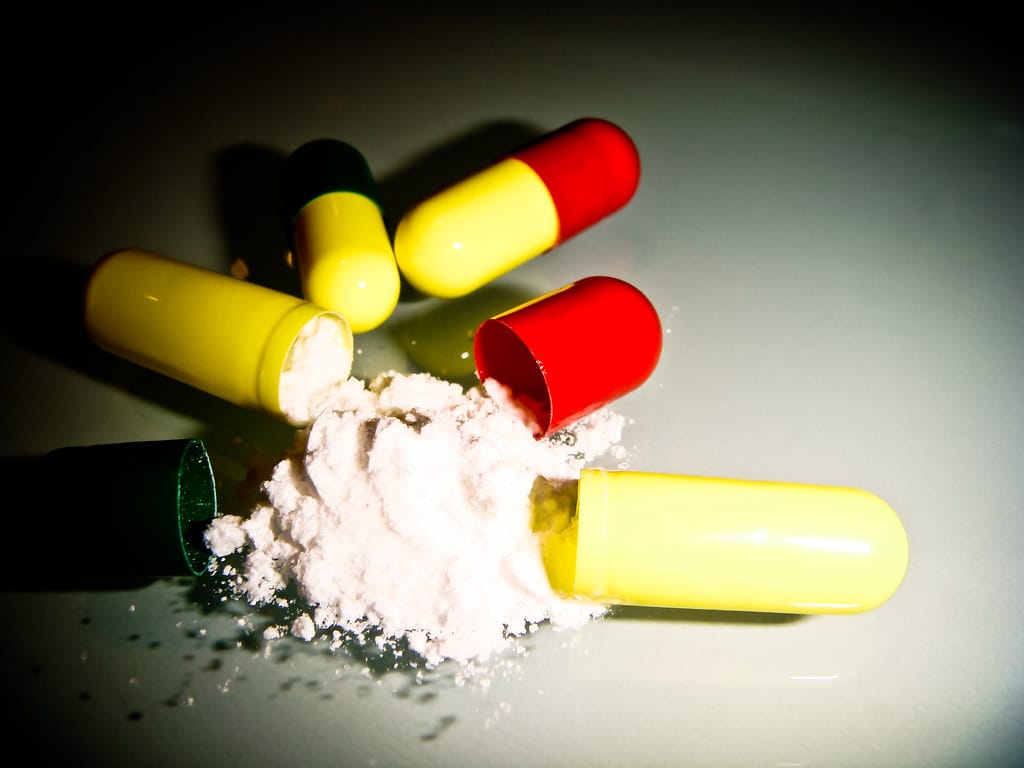


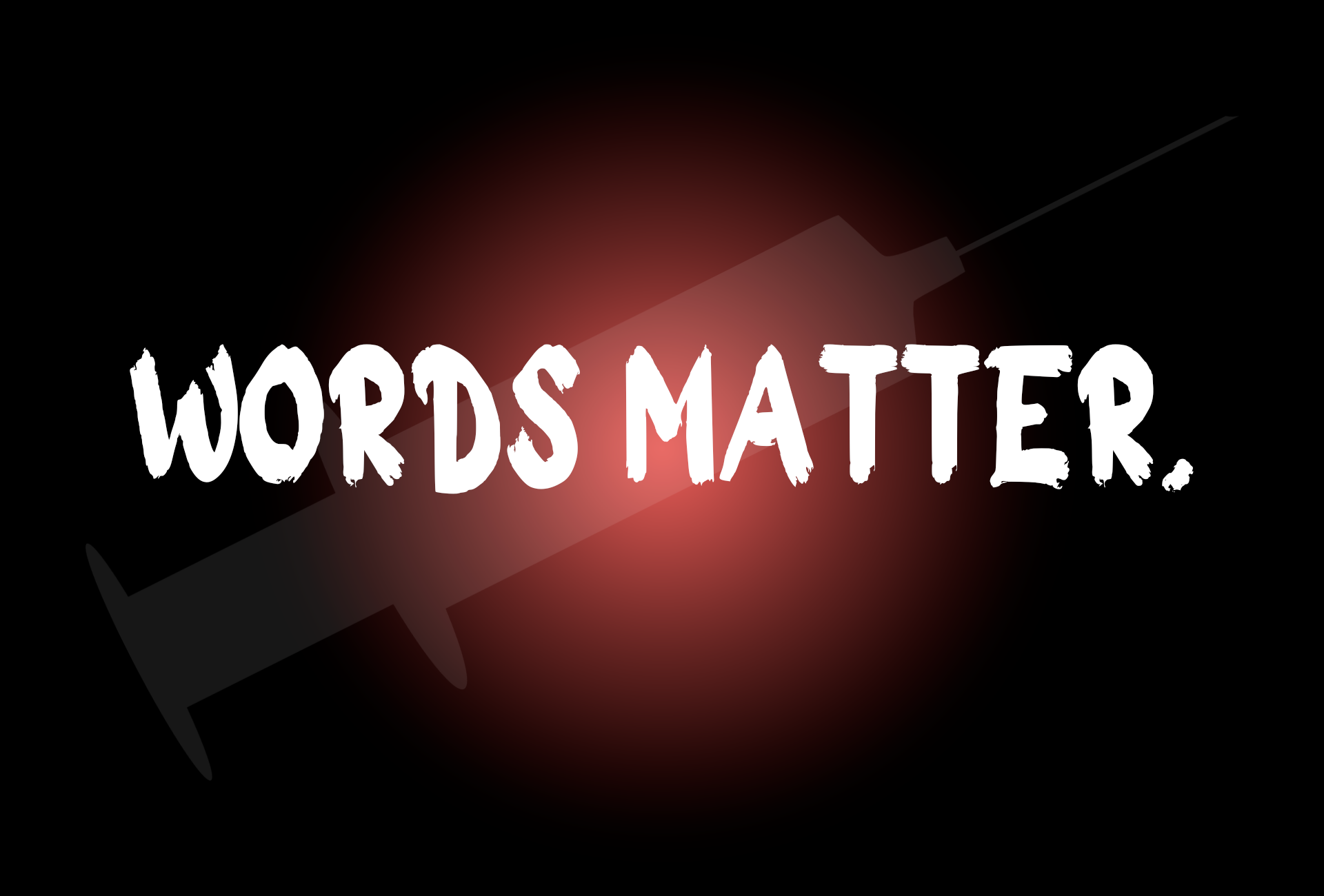
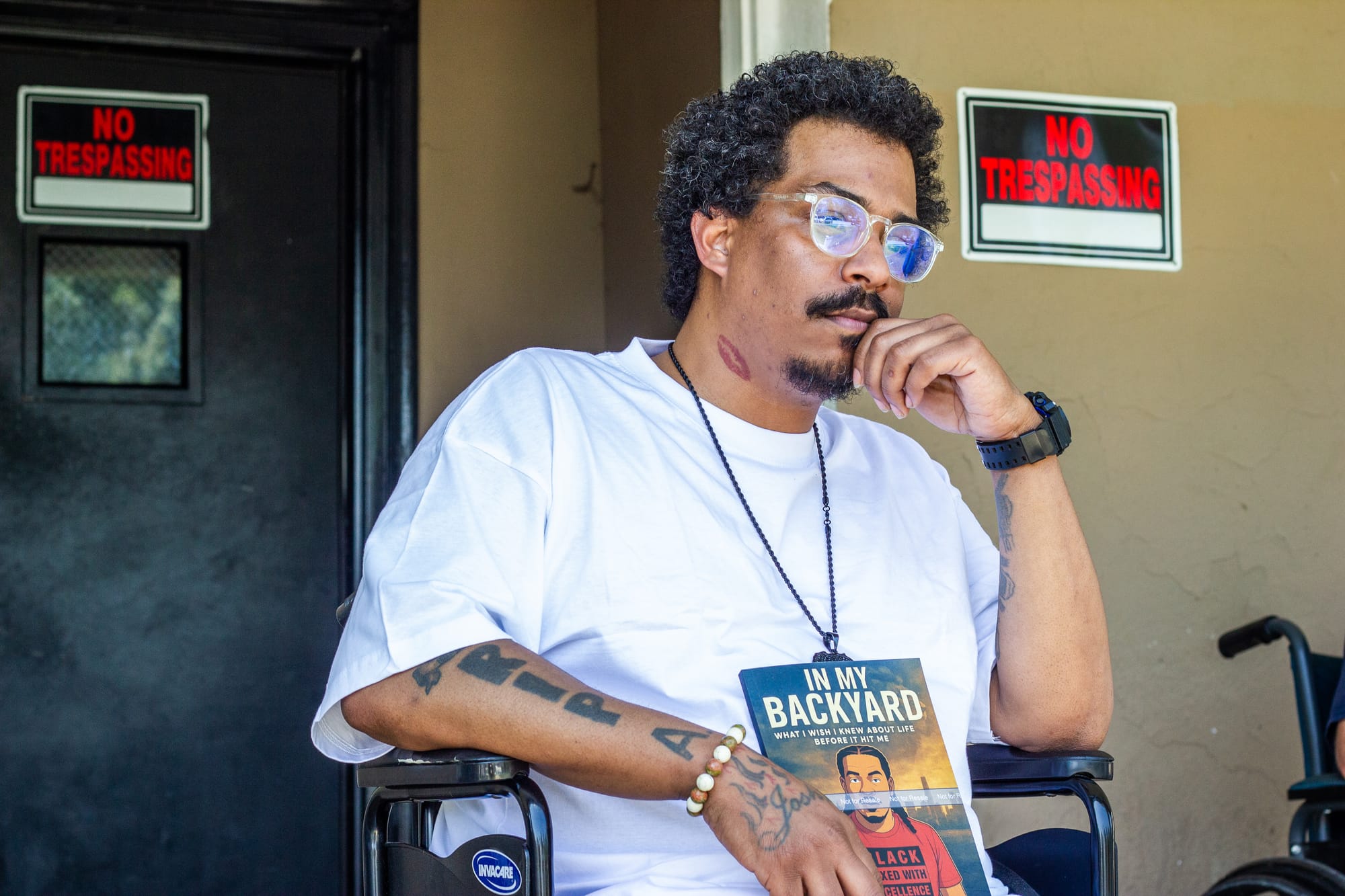
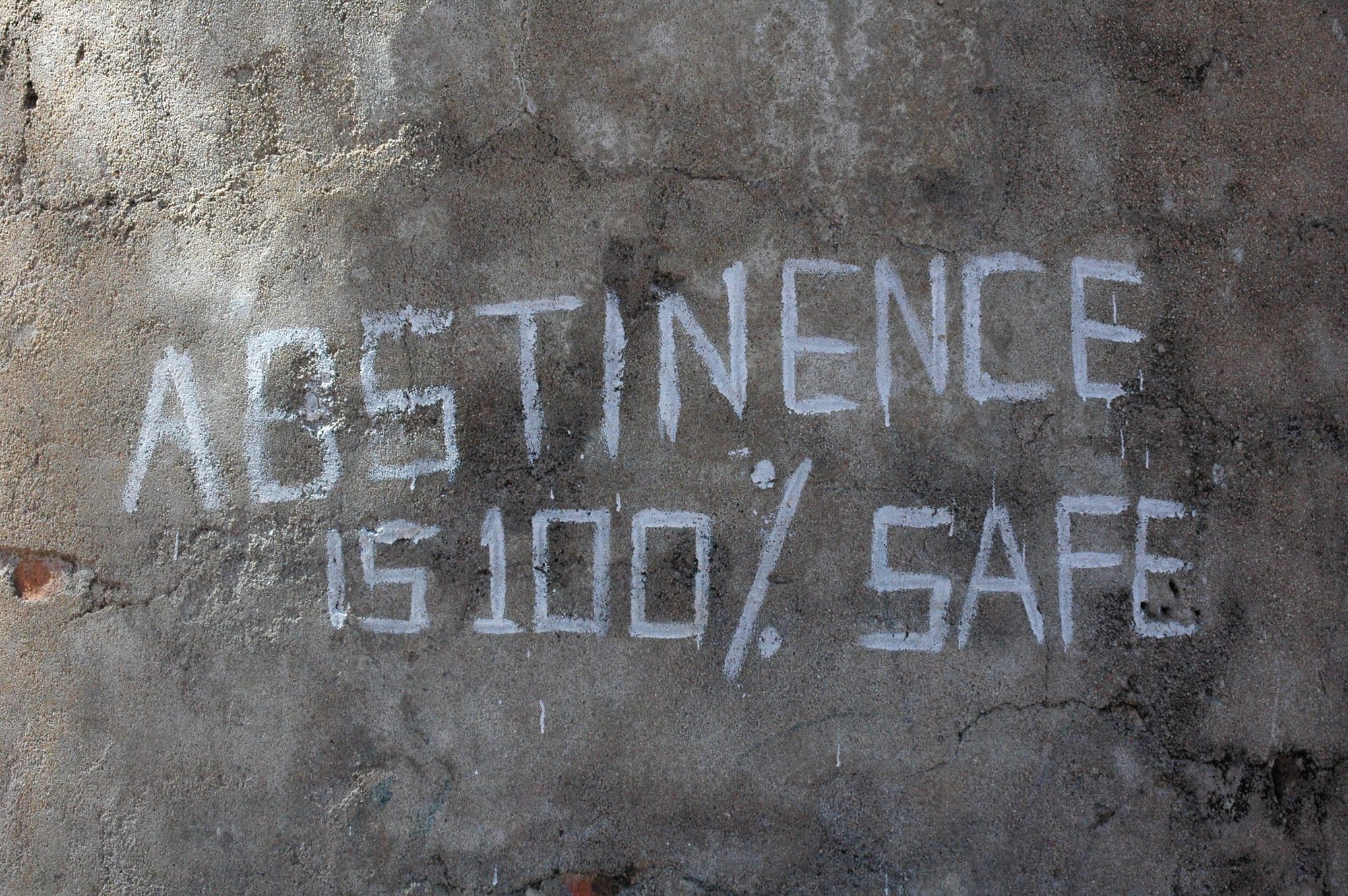
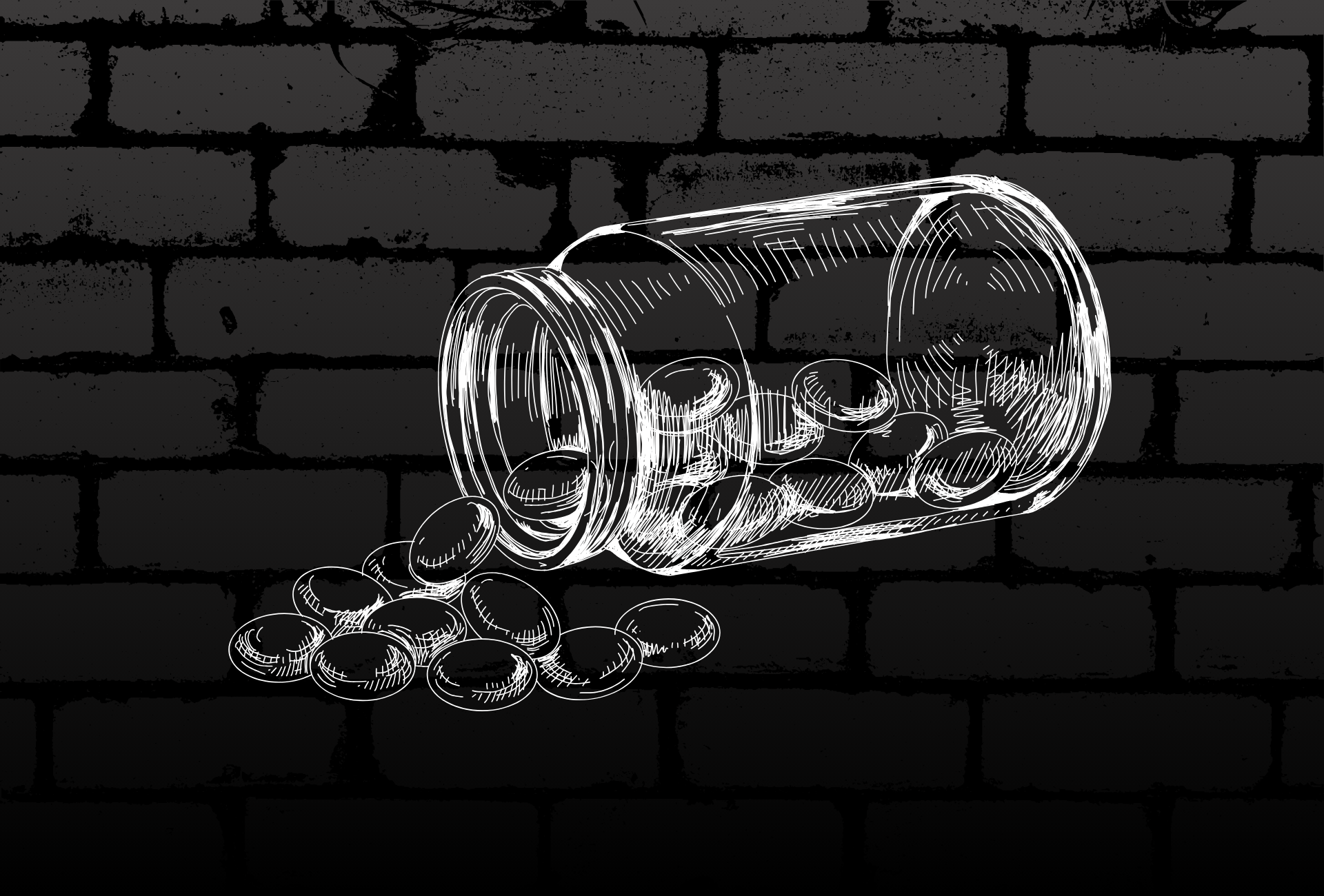

Last week's newsletter: "Harm reduction or drug war? Baltimore wants to have it both ways"
As Baltimore officials try to convince the public they care about people who use drugs, Police Commissioner Richard Worley said the quiet part out loud this week: The department is targeting them for arrest, using them as pawns to get their hands on suppliers.
The admission by the city's top cop was a "mask off" moment that undermined what appeared to be a growing consensus among Mayor Brandon Scott, council members and Worley himself, all of whom have admitted that they cannot arrest their way out of an unprecedented overdose crisis. Officials have repeatedly emphasized the importance of harm reduction; in the same breath, they've continued to bankroll a notoriously corrupt police department without hesitation as its officers make a concerted effort to arrest some of the city's most vulnerable residents.
Read the full newsletter here.
Mobtown Redux's Overdose Data has been updated with the latest local, state and national data
Baltimore's overdose death toll in 2024 remained at 778 this month — this is preliminary data that's subject to change as causes of death are determined. That marks a 25.4% decrease from the year prior.
In the 12-month period ending in August, Baltimore saw 559 deaths, a death rate of 95.4 per 100,000 people. Statewide, there were 1,338 deaths, a death rate of 21.7 per 100,000 people.
The data indicates that fatal overdoses continue to trend downward after years of climbing, though poor Black neighborhoods in West Baltimore continue to suffer the most.
Check out Mobtown Redux's Overdose Data Dashboard here.
Click here to learn more about harm reduction resources in the Baltimore area.
Filter: "Remembering Louise Vincent, a Fighter for Drug-User Rights"
The dictionary definition of “force of nature” should consist of two words: Louise Vincent. With an extraordinary, almost uncontrollable energy, spirit and power, she fought for the rights and health of people who use drugs in profoundly impactful ways—often by defying societal norms, breaking laws, and achieving goals through sheer willpower and charisma.
That force of nature died on September 2. Louise was 49. It is a staggering loss for her family, friends and the harm reduction and drug-user communities.
Click here to read the full article.




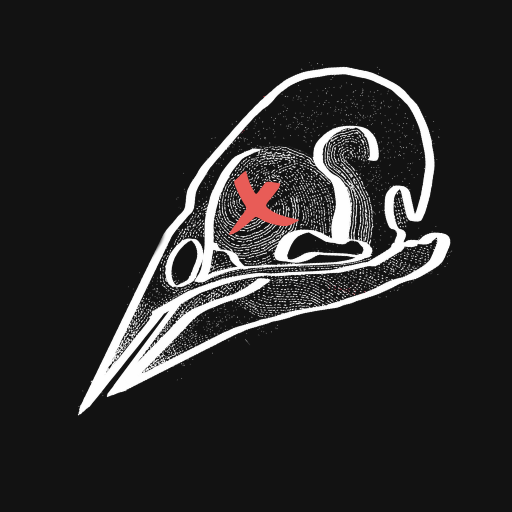
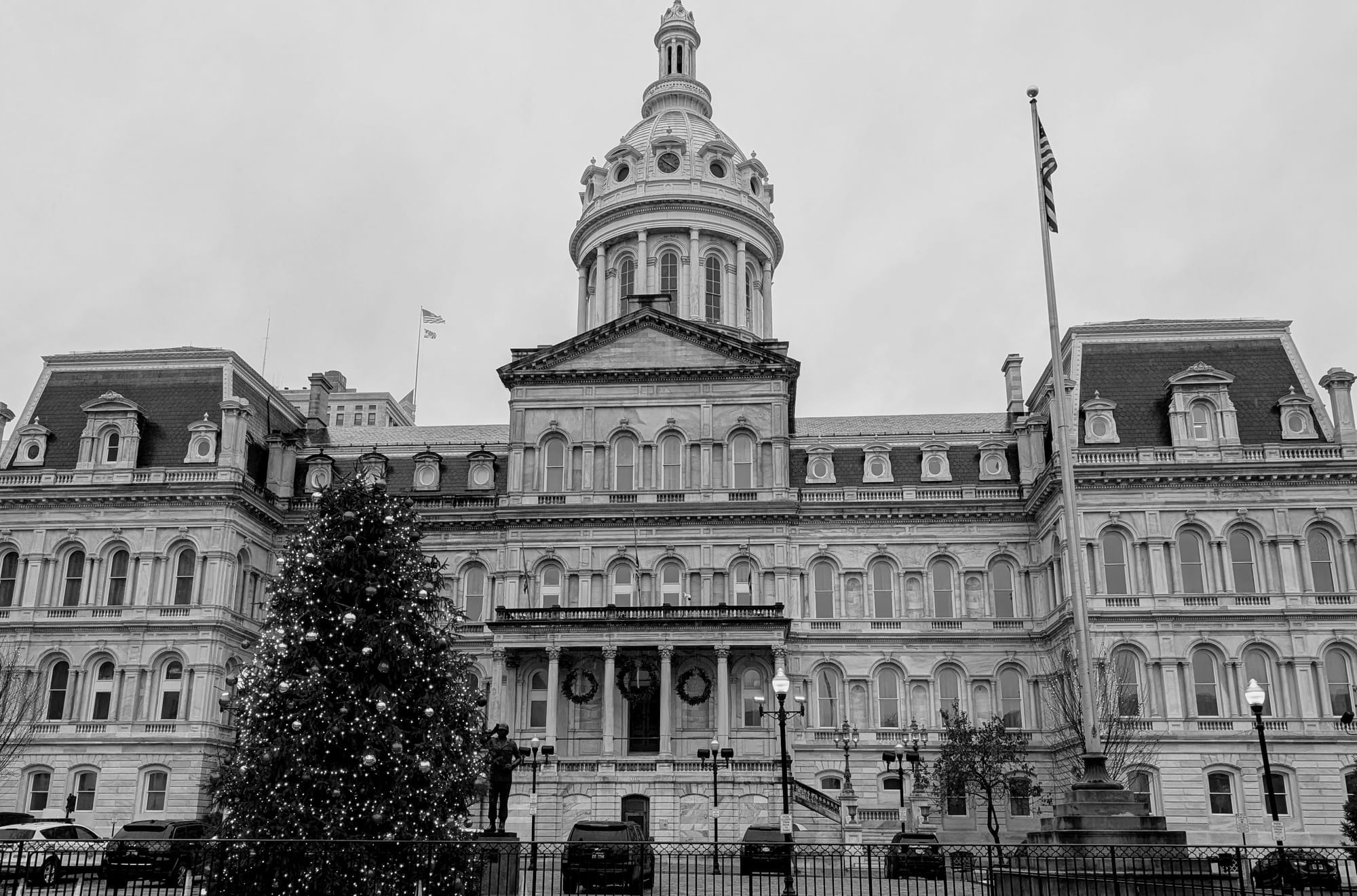
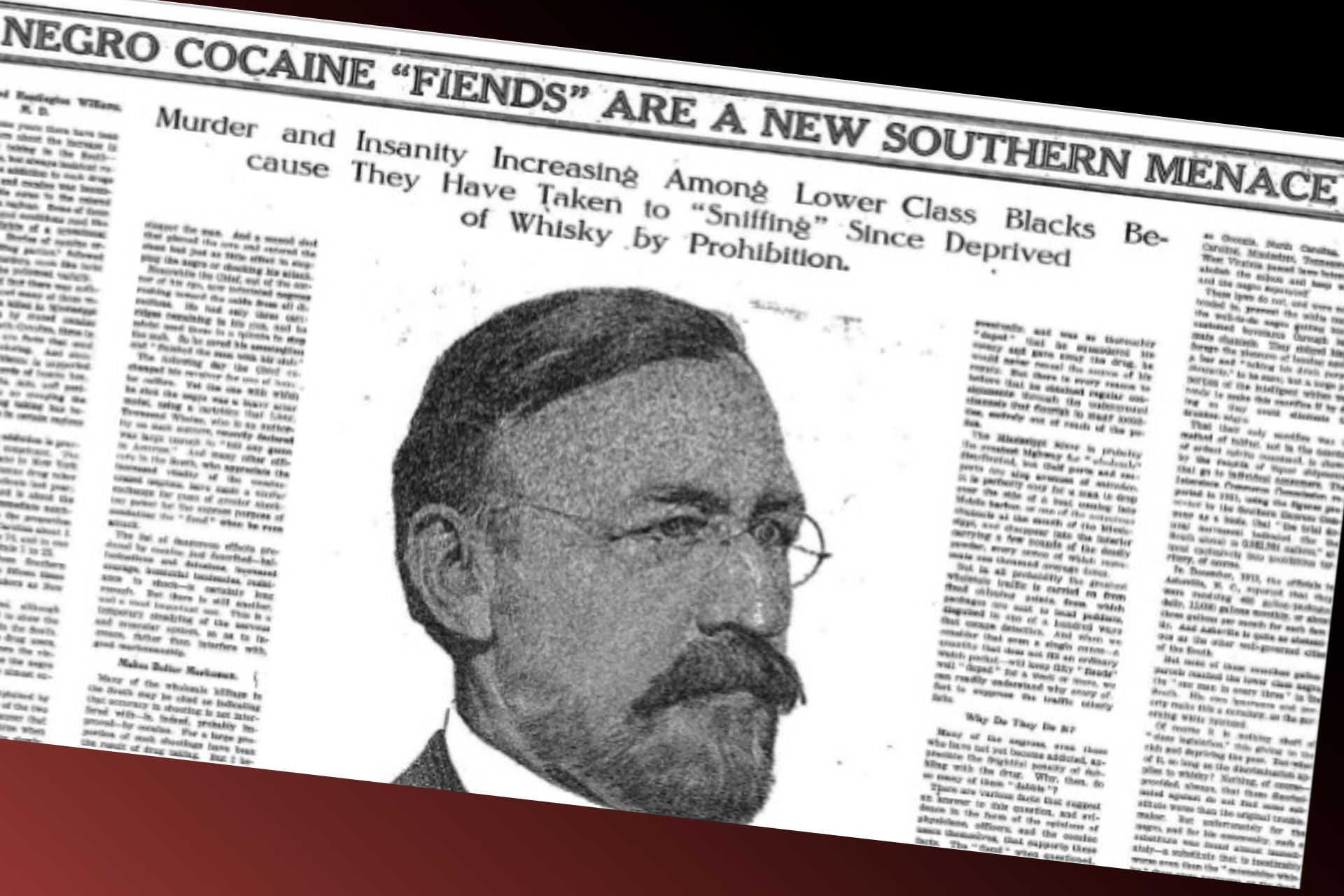
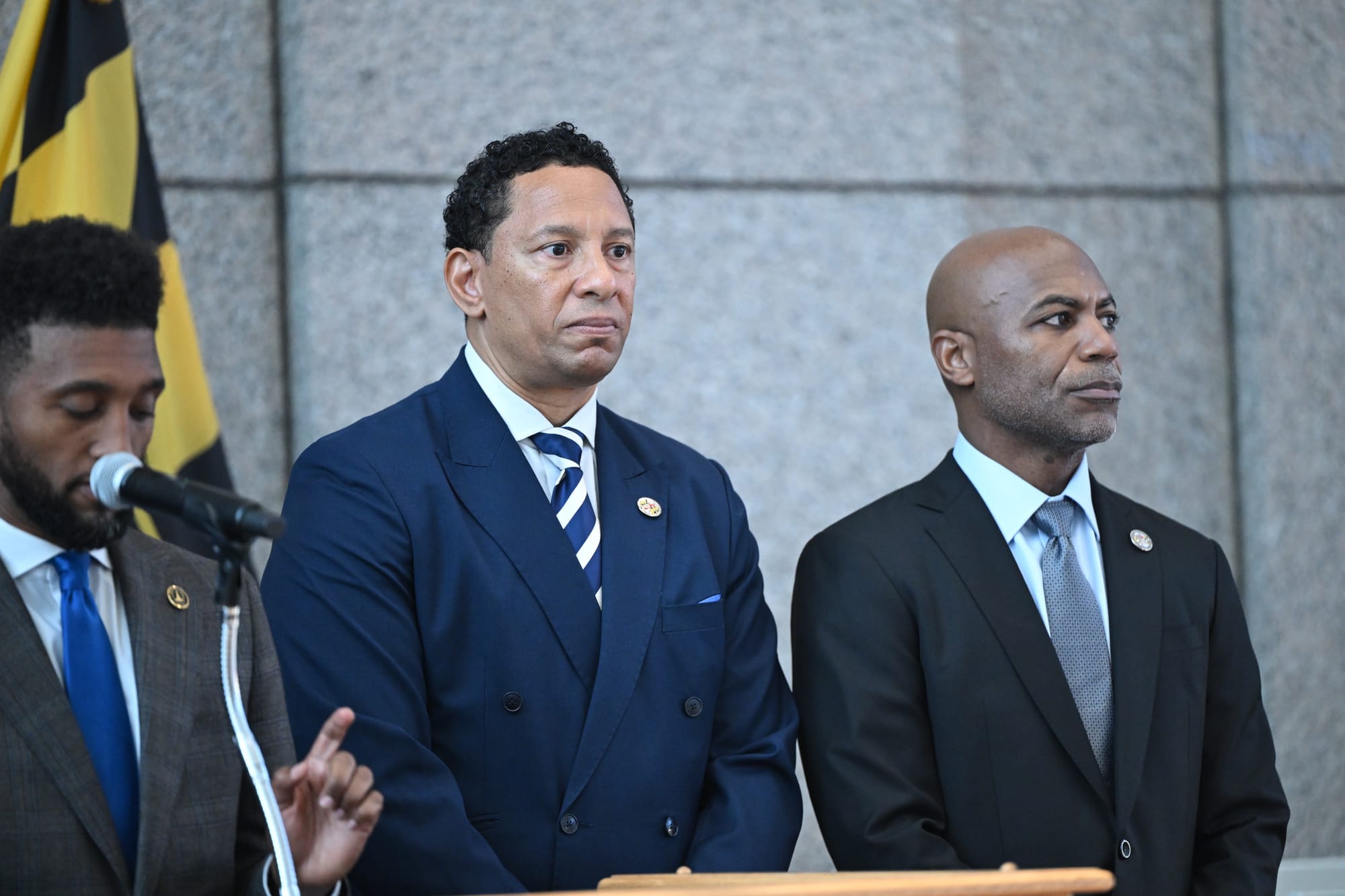

Comments